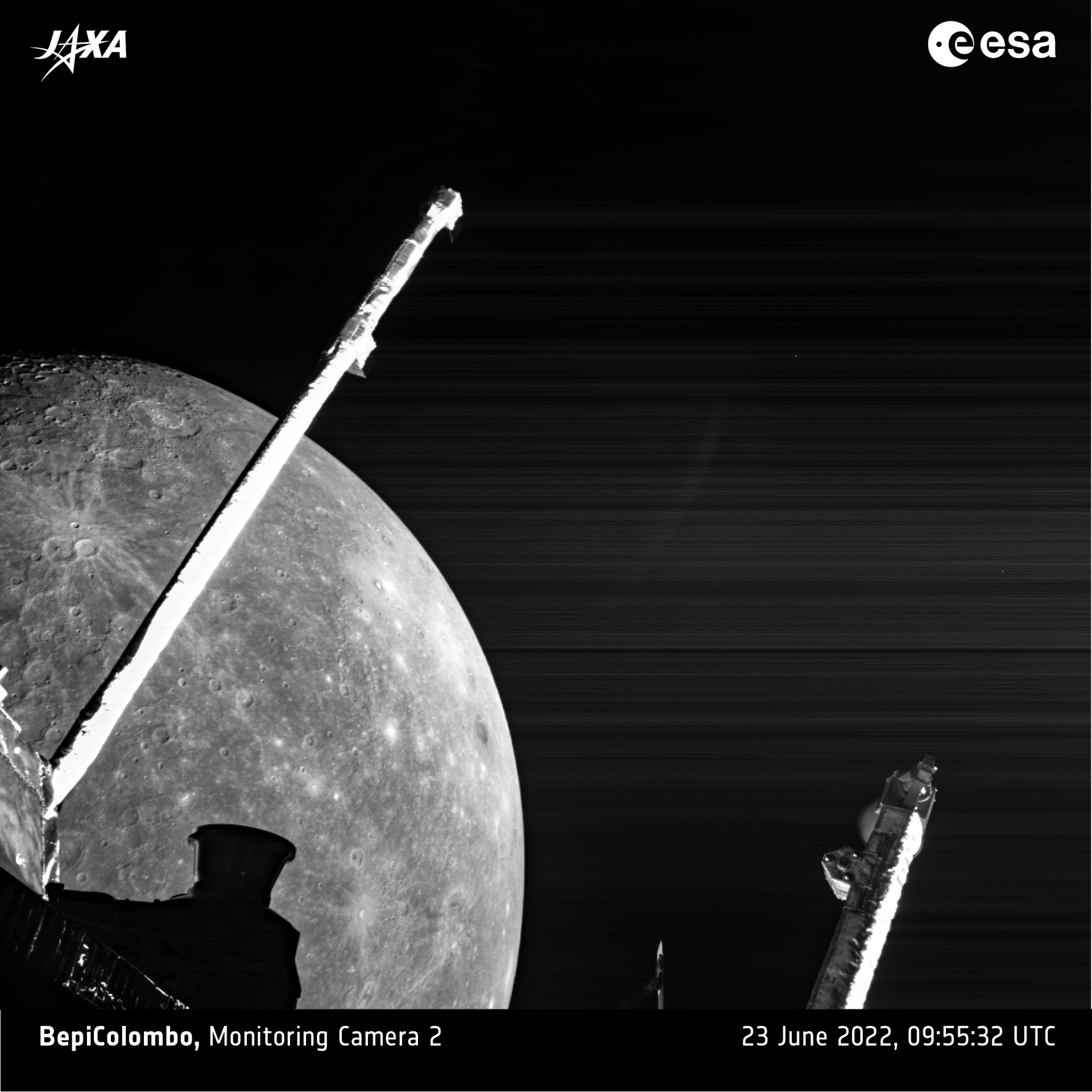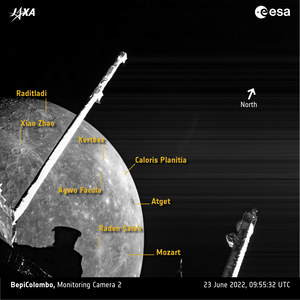Accept all cookies Accept only essential cookies See our Cookie Notice

About ESA
The European Space Agency (ESA) is Europe’s gateway to space. Its mission is to shape the development of Europe’s space capability and ensure that investment in space continues to deliver benefits to the citizens of Europe and the world.
Highlights
ESA - United space in Europe
This is ESA ESA facts Member States & Cooperating States Funding Director General Top management For Member State Delegations European vision European Space Policy ESA & EU Space Councils Responsibility & Sustainability Annual Report Calendar of meetings Corporate newsEstablishments & sites
ESA Headquarters ESA ESTEC ESA ESOC ESA ESRIN ESA EAC ESA ESAC Europe's Spaceport ESA ESEC ESA ECSAT Brussels Office Washington OfficeWorking with ESA
Business with ESA ESA Commercialisation Gateway Law at ESA Careers Cyber resilience at ESA IT at ESA Newsroom Partnerships Merchandising Licence Education Open Space Innovation Platform Integrity and Reporting Administrative Tribunal Health and SafetyMore about ESA
History ESA Historical Archives Exhibitions Publications Art & Culture ESA Merchandise Kids Diversity ESA Brand Centre ESA ChampionsLatest
Space in Member States
Find out more about space activities in our 23 Member States, and understand how ESA works together with their national agencies, institutions and organisations.
Science & Exploration
Exploring our Solar System and unlocking the secrets of the Universe
Go to topicAstronauts
Missions
Juice Euclid Webb Solar Orbiter BepiColombo Gaia ExoMars Cheops Exoplanet missions More missionsActivities
International Space Station Orion service module Gateway Concordia Caves & Pangaea BenefitsLatest
Space Safety
Protecting life and infrastructure on Earth and in orbit
Go to topicAsteroids
Asteroids and Planetary Defence Asteroid danger explained Flyeye telescope: asteroid detection Hera mission: asteroid deflection Near-Earth Object Coordination CentreSpace junk
About space debris Space debris by the numbers Space Environment Report In space refuelling, refurbishing and removingSafety from space
Clean Space ecodesign Zero Debris Technologies Space for Earth Supporting Sustainable DevelopmentLatest
Applications
Using space to benefit citizens and meet future challenges on Earth
Go to topicObserving the Earth
Observing the Earth Future EO Copernicus Meteorology Space for our climate Satellite missionsCommercialisation
ESA Commercialisation Gateway Open Space Innovation Platform Business Incubation ESA Space SolutionsLatest
Enabling & Support
Making space accessible and developing the technologies for the future
Go to topicBuilding missions
Space Engineering and Technology Test centre Laboratories Concurrent Design Facility Preparing for the future Shaping the Future Discovery and Preparation Advanced Concepts TeamSpace transportation
Space Transportation Ariane Vega Space Rider Future space transportation Boost! Europe's Spaceport Launches from Europe's Spaceport from 2012Latest

First sighting of Caloris
Thank you for liking
You have already liked this page, you can only like it once!
The joint European-Japanese BepiColombo mission captured this view of Mercury on 23 June 2022 as the spacecraft flew past the planet for its second of six gravity assist manoeuvres at Mercury. This image was taken at 09:55:32 UTC by the Mercury Transfer Module’s Monitoring Camera 2, when the spacecraft was 2862 km from the surface of Mercury. Closest approach of 200 km took place shortly before, at 09:44 UTC. In this view, north is approximately towards the top right.
The cameras provide black-and-white snapshots in 1024 x 1024 pixel resolution. This image has been 'block replicated' to 2048 x 2048 pixels. Some imaging artefacts such as horizontal striping are also visible. Parts of the Mercury Planetary Orbiter can be seen in the foreground: the magnetometer boom running from bottom left to top right in front of Mercury, and a small part of the medium-gain antenna at bottom right.
This image represents BepiColombo’s first sighting of part of the 3.9 billion year old Caloris basin, which at 1550 km across is the largest well-preserved impact basin on the planet. With the Sun above, the highly-reflective lavas on its floor make it easy to see as the bright semicircular area roughly between the 2 o’clock and 3 o’clock parts of the edge of Mercury’s disc. Caloris is surrounded by a halo of less reflective (darker) lavas. Both the interior and exterior lavas are thought to post-date the formation of the basin by a hundred million years or so, and measuring and understanding the compositional differences between these is an important goal for BepiColombo when it begins its main science mission in orbit around Mercury in 2026.
Some of the small bright spots on the Caloris floor are impact craters with ‘hollows’ on their floors - geological features unique to Mercury – and others are deposits (‘faculae’) erupted explosively from volcanic vents that have punctured the basin-filling lavas from below. One prominent dark patch inside Caloris is a 100 km-wide impact crater called Atget that cut through the basin-filling lavas from above and excavated underlying ‘low reflectance material’ that may be a relict of Mercury’s early carbon-rich crust.
Two other interesting craters lie between the spacecraft’s magnetometer boom and the left-hand edge of the frame: the young 24 km-wide crater named Xiao Zhao with its bright rays of ejected material, and a 260 km-wide peak-ring basin named Raditladi visible further north. The rich variety of craters and their associated features plots the impact history of the planet.
Click here for an annotated version of this image.
The gravity assist manoeuvre was the second at Mercury and the fifth of nine flybys overall. During its seven-year cruise to the smallest and innermost planet of the Solar System, BepiColombo makes one flyby at Earth, two at Venus and six at Mercury to help steer on course for Mercury orbit in 2025. The Mercury Transfer Module carries two science orbiters: ESA’s Mercury Planetary Orbiter and JAXA’s Mercury Magnetospheric Orbiter. They will operate from complementary orbits to study all aspects of mysterious Mercury from its core to surface processes, magnetic field and exosphere, to better understand the origin and evolution of a planet close to its parent star.
-
CREDIT
ESA/BepiColombo/MTM -
LICENCE
CC BY-SA 3.0 IGO or ESA Standard Licence
(content can be used under either licence)

First sighting of Caloris (annotated)

BepiColombo hugs Mercury – annotated

Mercury's sunlit north viewed by M-CAM 1

BepiColombo hugs Mercury















 Germany
Germany
 Austria
Austria
 Belgium
Belgium
 Denmark
Denmark
 Spain
Spain
 Estonia
Estonia
 Finland
Finland
 France
France
 Greece
Greece
 Hungary
Hungary
 Ireland
Ireland
 Italy
Italy
 Luxembourg
Luxembourg
 Norway
Norway
 The Netherlands
The Netherlands
 Poland
Poland
 Portugal
Portugal
 Czechia
Czechia
 Romania
Romania
 United Kingdom
United Kingdom
 Slovenia
Slovenia
 Sweden
Sweden
 Switzerland
Switzerland
























